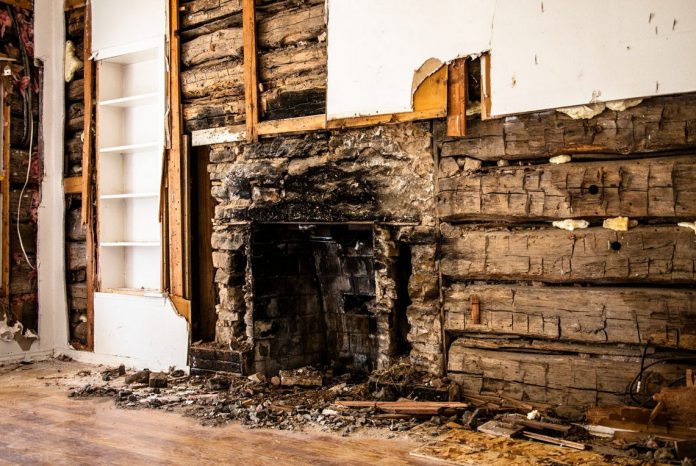
The Town of Flower Mound last week closed on the purchase of the Liberty Park property surrounding the historic Gibson-Grant Cabin at the Long Prairie Homestead.
As part of the transaction, Vaquero Development also donated the actual cabin to the town, as well as the immediate land on which the cabin sits.
The cabin was discovered by Flower Mound resident and developer Curtis Grant in February 2015.
He’d purchased the property at the southeast corner of Quail Run and Flower Mound roads with the intention of tearing down the 4,500-square-foot home at the site to build a 12-home development with his Vaquero Development Company.
Imagine Grant’s surprise opening a hole in a living room wall, only to be faced with a log cabin wall. He went on to discover that the log structure surrounded an approximately 16-by-16-foot interior room.
Since the discovery, many community residents, including local historian and Flower Mound Foundation member Mark Glover, pushed to preserve the cabin at its location to maintain its historic authenticity.
As Grant learned more about the original builder– early pioneer William Gibson– and the historic value of the log cabin on his land, he decided he wanted to work with the Flower Mound Foundation.
Mayor Tom Hayden said that getting from buying the property to opening a public park won’t be a quick time frame.
“It will go to the Parks & Recreation staff for a plan [to restore the cabin and create the surrounding park space], plus we need to look at the restoration cost,” said Hayden in a previous interview.
“In addition to saving so many large trees, the other reason [for the town] to buy the three lots involves where to put parking and other components to make the land around the cabin itself into a park-like atmosphere; a place for school-age students on field trips can enjoy.”
Grant agrees that much work remains to be done
“It’s been a long, challenging and unexpected journey, but what a wonderful treasure for our town, county and all of North Texas,” said Grant. “This historic structure, built by William Gibson in 1860, will now continue to reside among large post oak trees in its original location, as it has for the past 156-years. My hope is that in the short term, the collaborative work put into this small historic park will help serve as a unifying project for our town and that it ultimately grows into a legacy that we can all be proud of for generations to come.”









.jpg)



.jpg)

